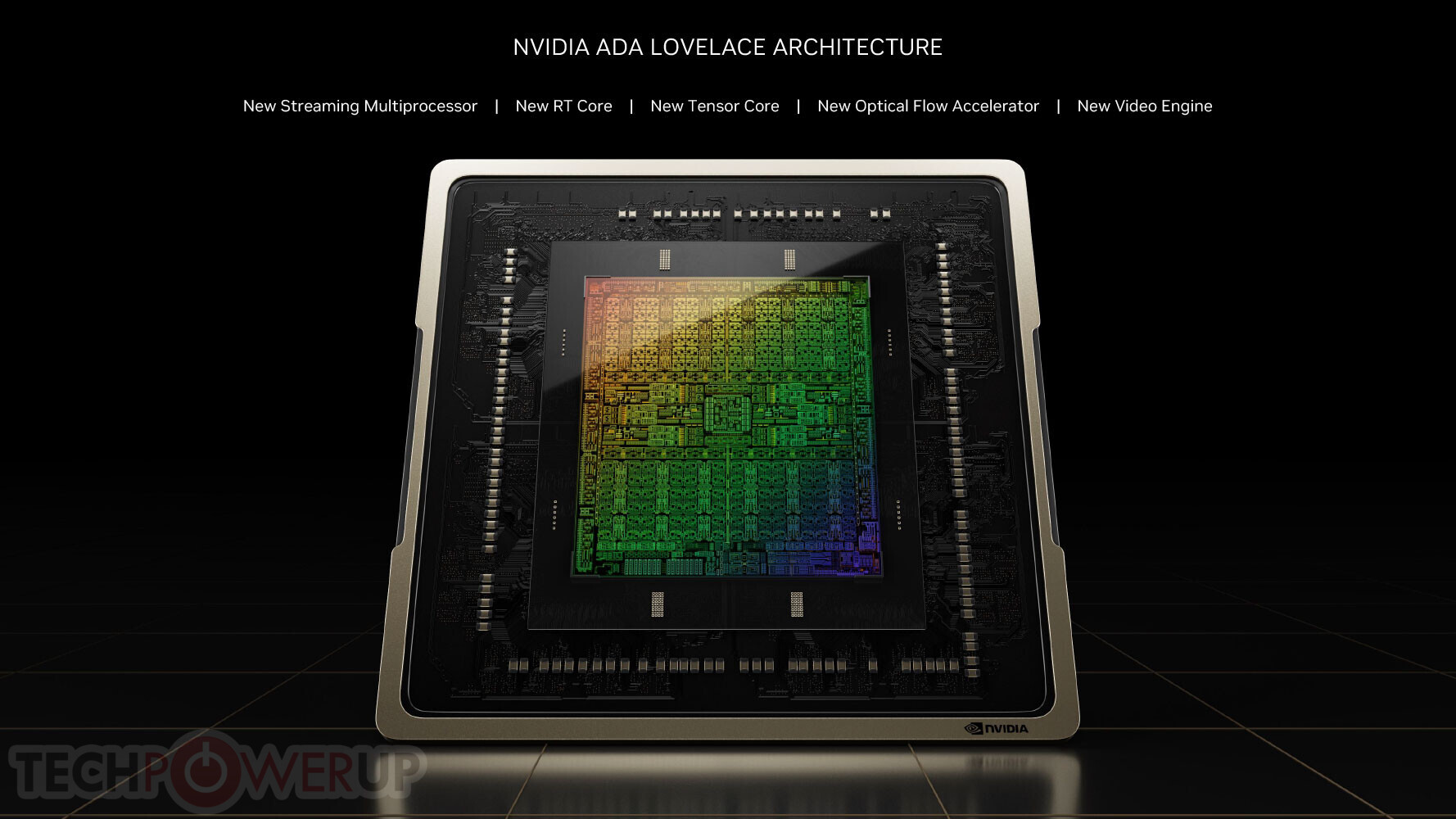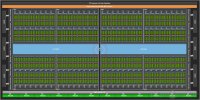Rasterizing is an outdated concept with these APIs. Looking at the architecture the 4090 has nearly twice of everything over the 3090 except bandwidth:
2x rasterizing, 2x geometrie performance, 2x FP32 performance
Yet in Valhalla the GPU is only 1.65x faster which would be only 2.4x faster than the 3070.
2x rasterizing, 2x geometrie performance, 2x FP32 performance
Yet in Valhalla the GPU is only 1.65x faster which would be only 2.4x faster than the 3070.




